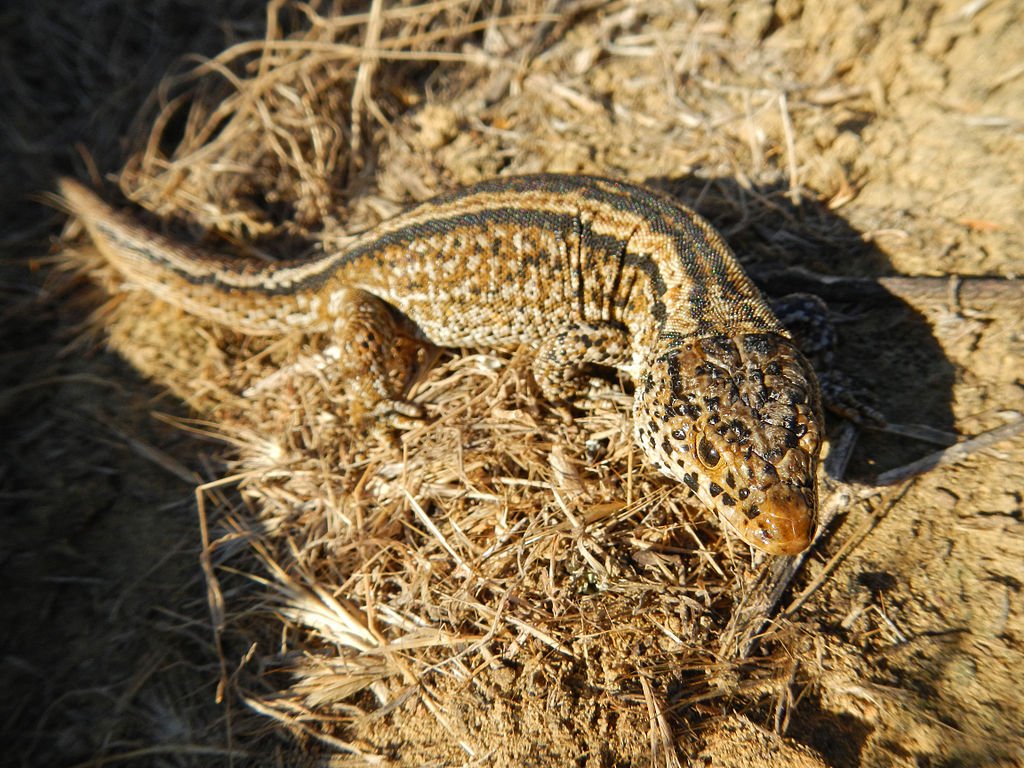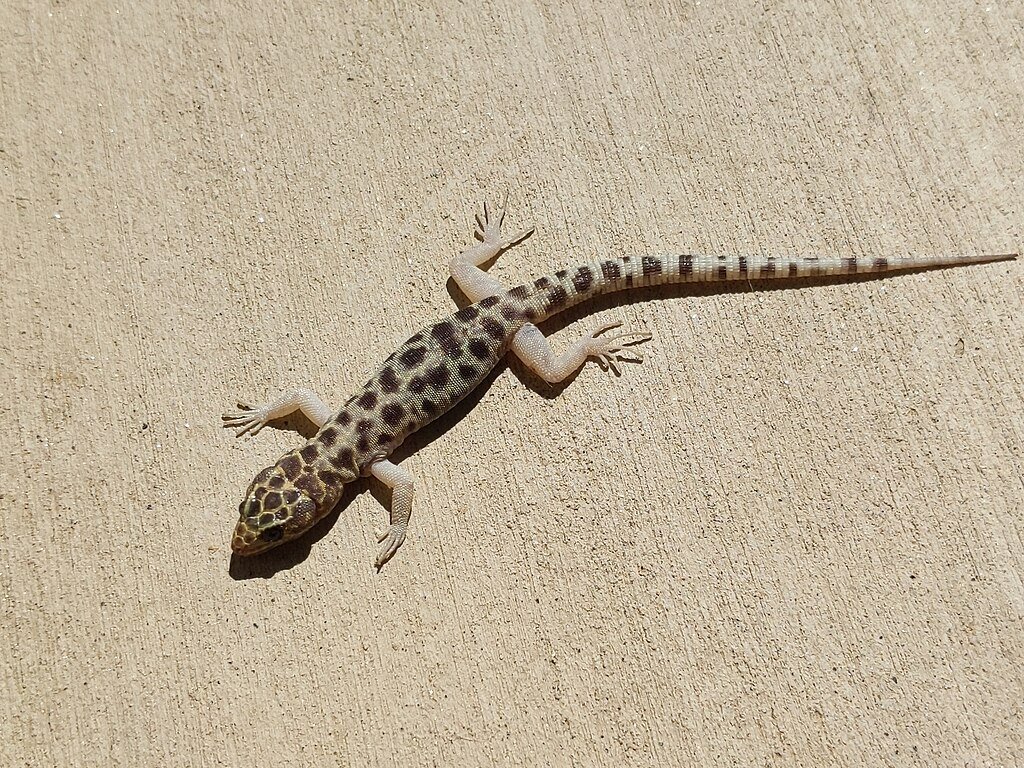Sixty-six million years ago, a 10-kilometer-wide asteroid struck Earth, unleashing one of the most catastrophic mass extinctions in planetary history. The event obliterated three-quarters of Earth’s species, including all non-avian dinosaurs. Yet, in a stroke of evolutionary defiance, a small, secretive group of reptiles known as night lizards (family Xantusiidae) survived in the region closest to the impact. A new study published in *Biology Letters* reveals how these resilient creatures endured the chaos and offers insights into the biological traits that helped them outlast giants.
Close to Ground Zero

The asteroid impact site lies in what is now the Yucatán Peninsula of Mexico. Amid a landscape scorched by global firestorms, tsunamis, and years of sunlight-blocking atmospheric dust, two lineages of night lizards survived—making them the only known vertebrates to outlive the mass extinction so close to the blast center. These survivors later diversified into three modern genera: Xantusia, Lepidophyma, and Cricosaura, inhabiting regions from the southwestern United States to Central America.
Evolutionary Origins and Survival
Using molecular clock analyses calibrated with fossil data, researchers traced night lizard ancestry to a common lineage that emerged roughly 90 million years ago. This means they were already thriving in the Late Cretaceous period and persisted through the K–Pg boundary. Despite having traits considered risky for long-term survival—such as small clutch sizes and limited dispersal ability—night lizards endured. Their continued presence in the Yucatán and surrounding areas makes them living testaments to resilience.
Keys to Their Survival
Night lizards possess several unique traits that may have buffered them from extinction. These include remarkably slow metabolisms, low reproductive rates paired with live birth, and hyper-secretive lifestyles spent under rocks, bark, or leaf litter. During the impact’s aftermath, when surface temperatures plummeted and food chains collapsed, these traits likely enabled them to shelter in microhabitats, reduce energy use, and survive prolonged scarcity. Their preference for stable microclimates could have insulated them from the broader environmental collapse.
A Reappraisal of Extinction Assumptions
Traditional survival models suggest that species with broad ranges, fast reproduction, and flexible diets were most likely to survive mass extinctions. Night lizards challenge this notion. Their case supports the idea that persistence can also emerge from cryptic lifestyles and ecological conservatism. This reshapes how scientists evaluate survival traits and broadens the spectrum of what evolutionary resilience might look like during global upheaval.
Conclusion

The survival of night lizards in the literal shadow of the dinosaur-killing asteroid reframes our understanding of the K–Pg extinction’s impact on terrestrial life. Small, overlooked, and often hidden from view, these reptiles remind us that in Earth’s most desperate moments, survival doesn’t always go to the fast or the strong—but sometimes to the quiet and the sheltered. Their lineage, etched into rock and DNA, remains a living echo of prehistoric endurance.
Source:




